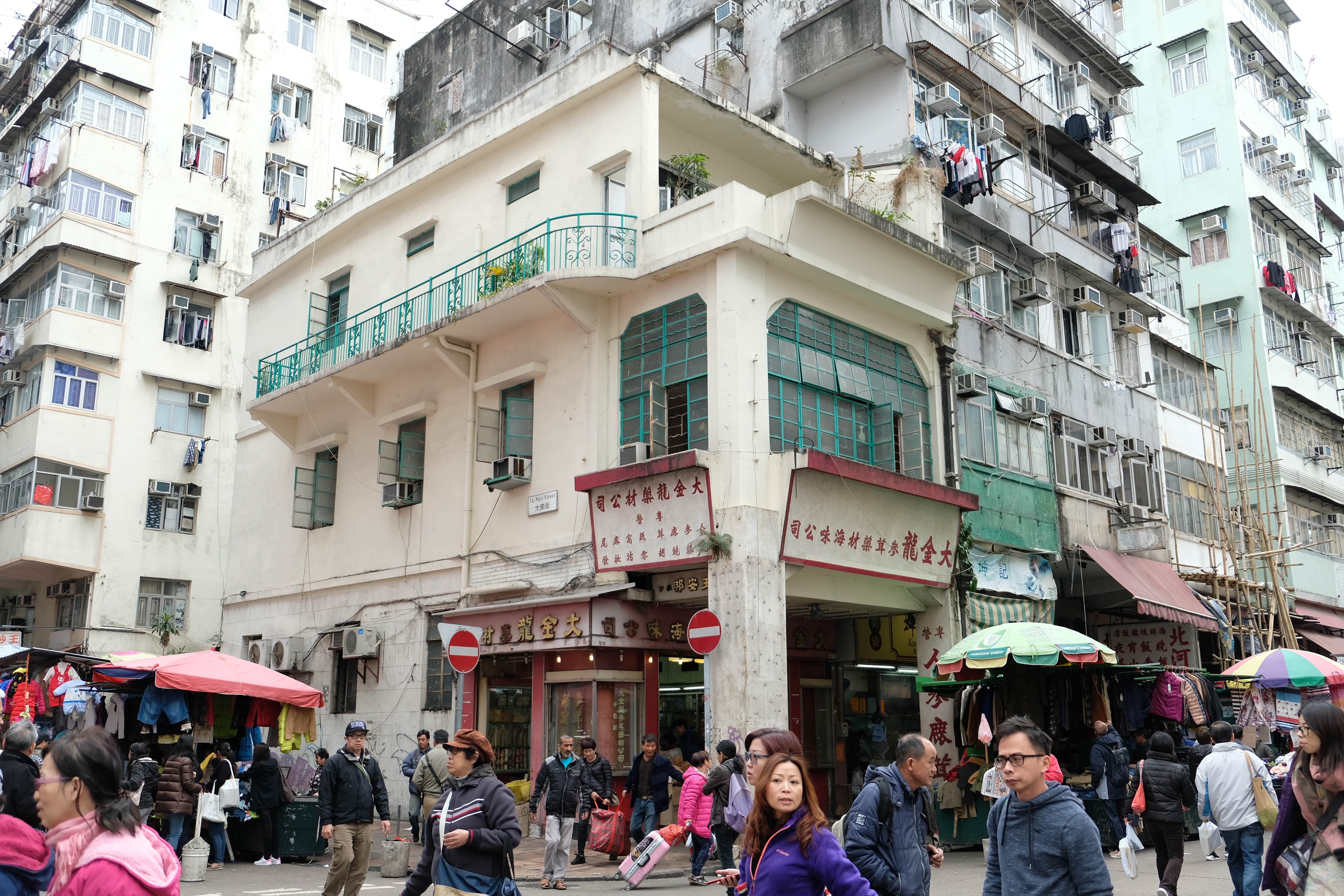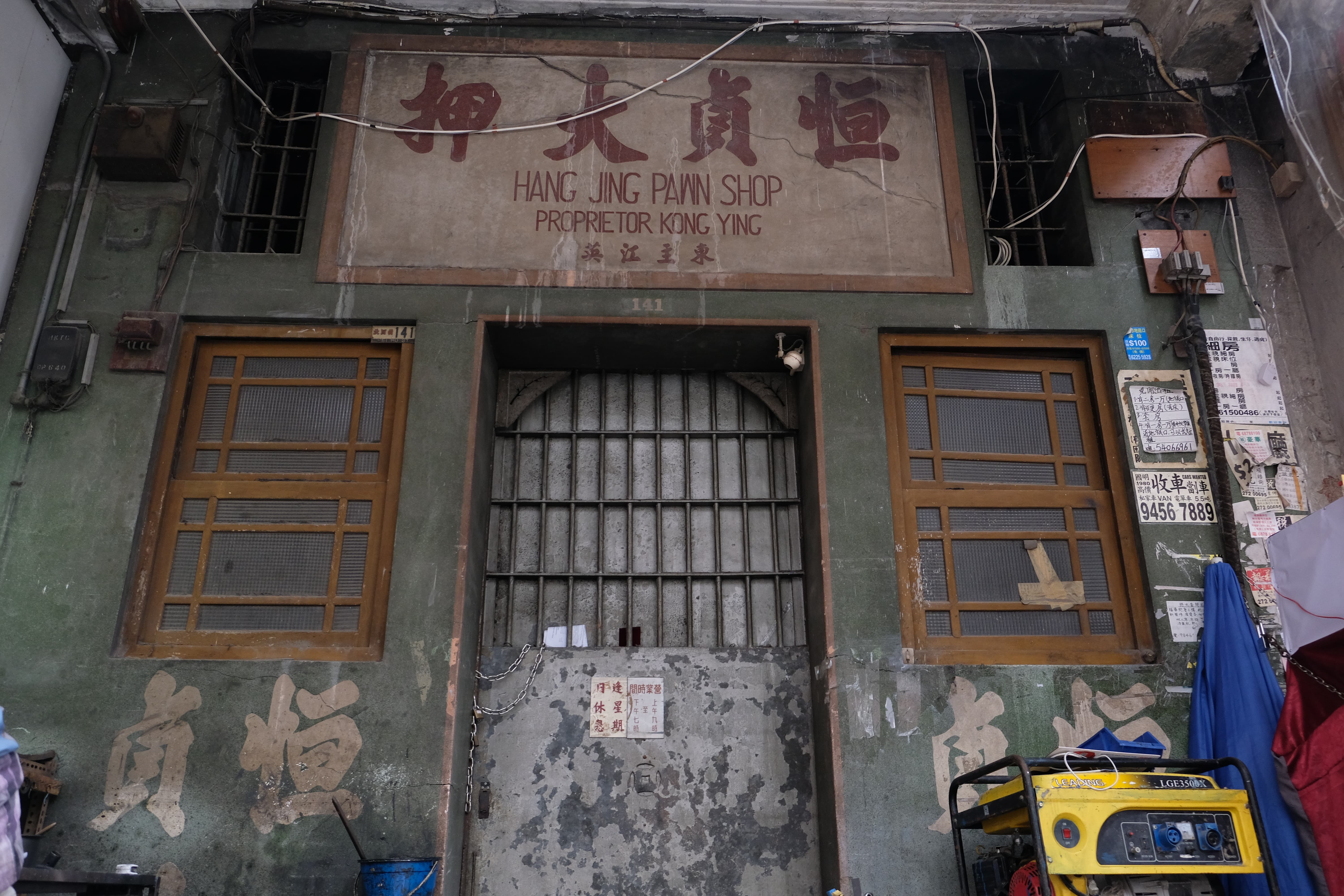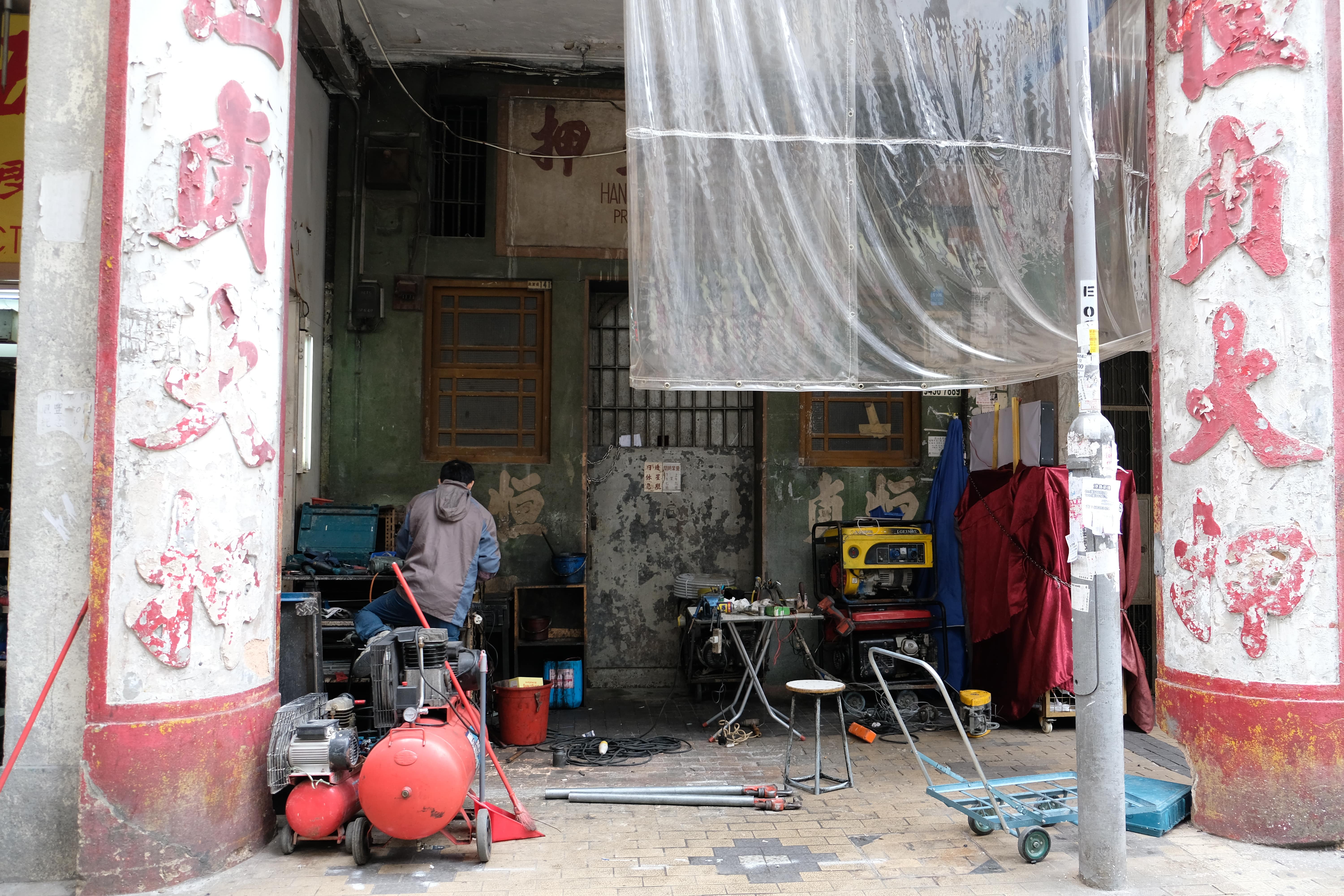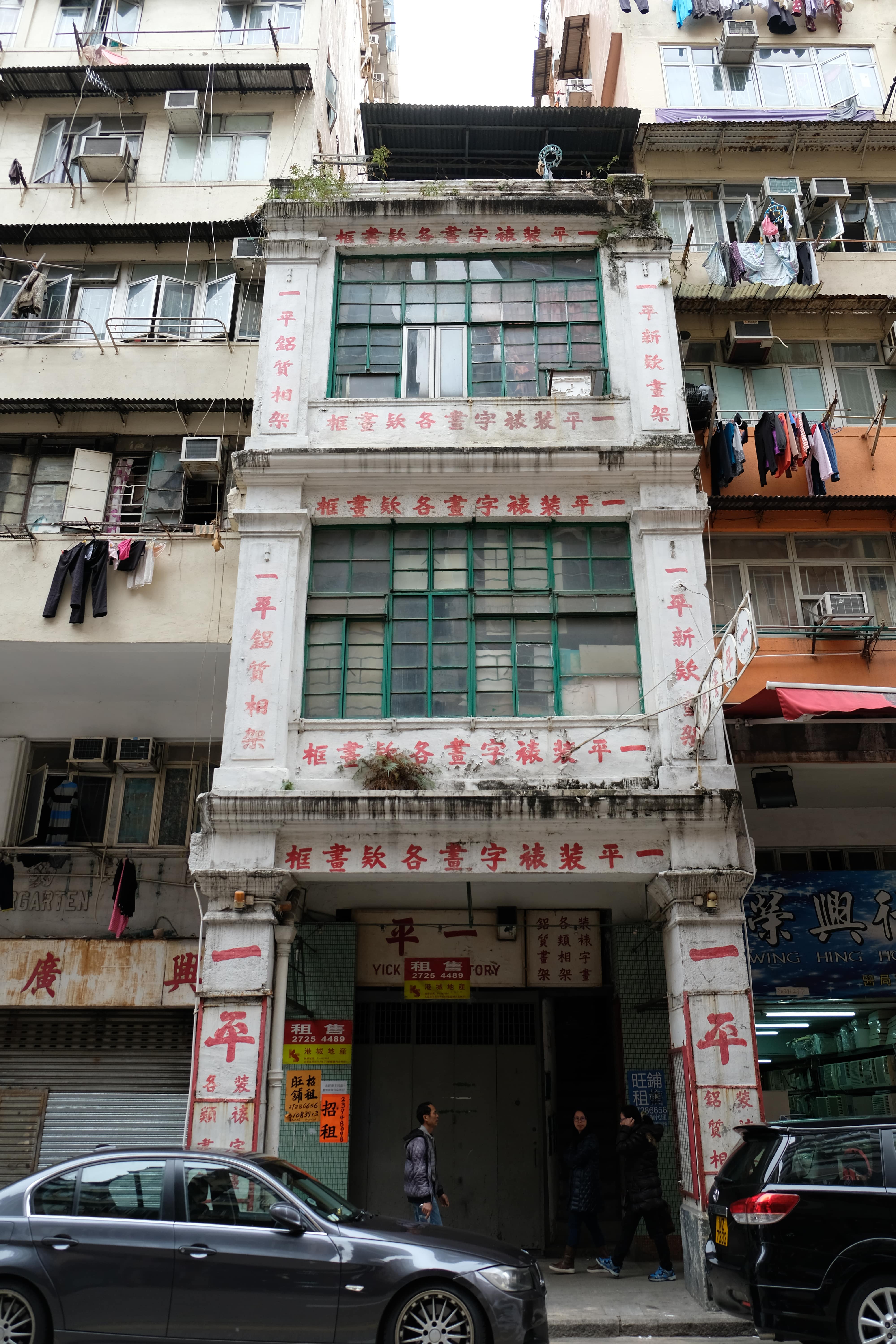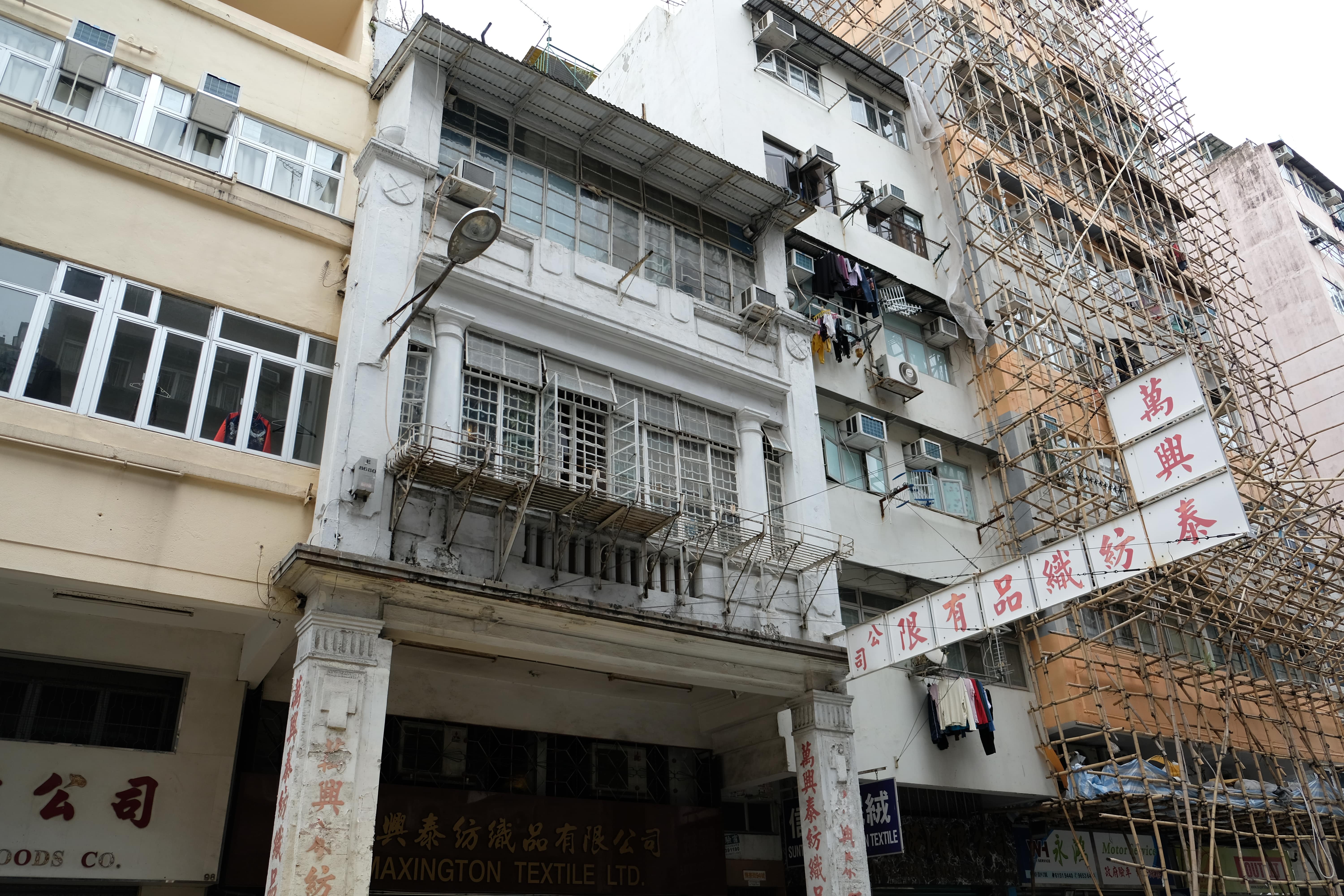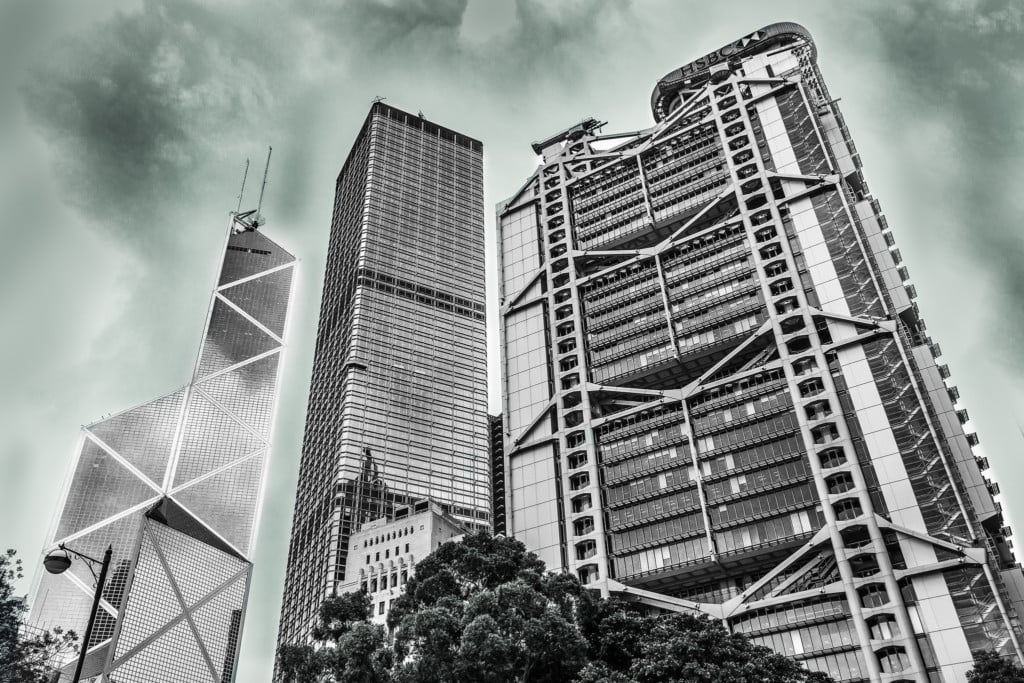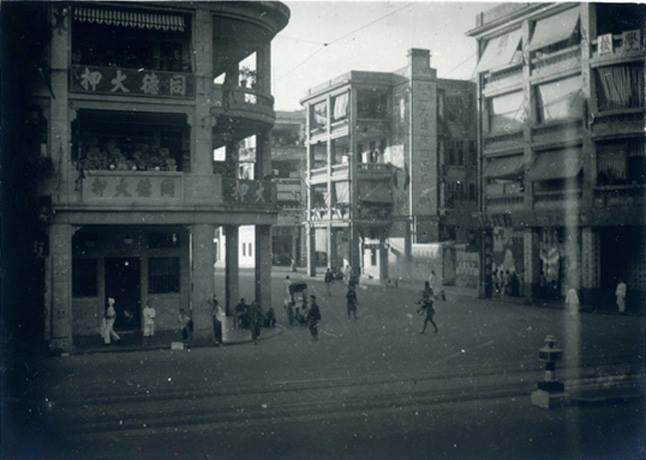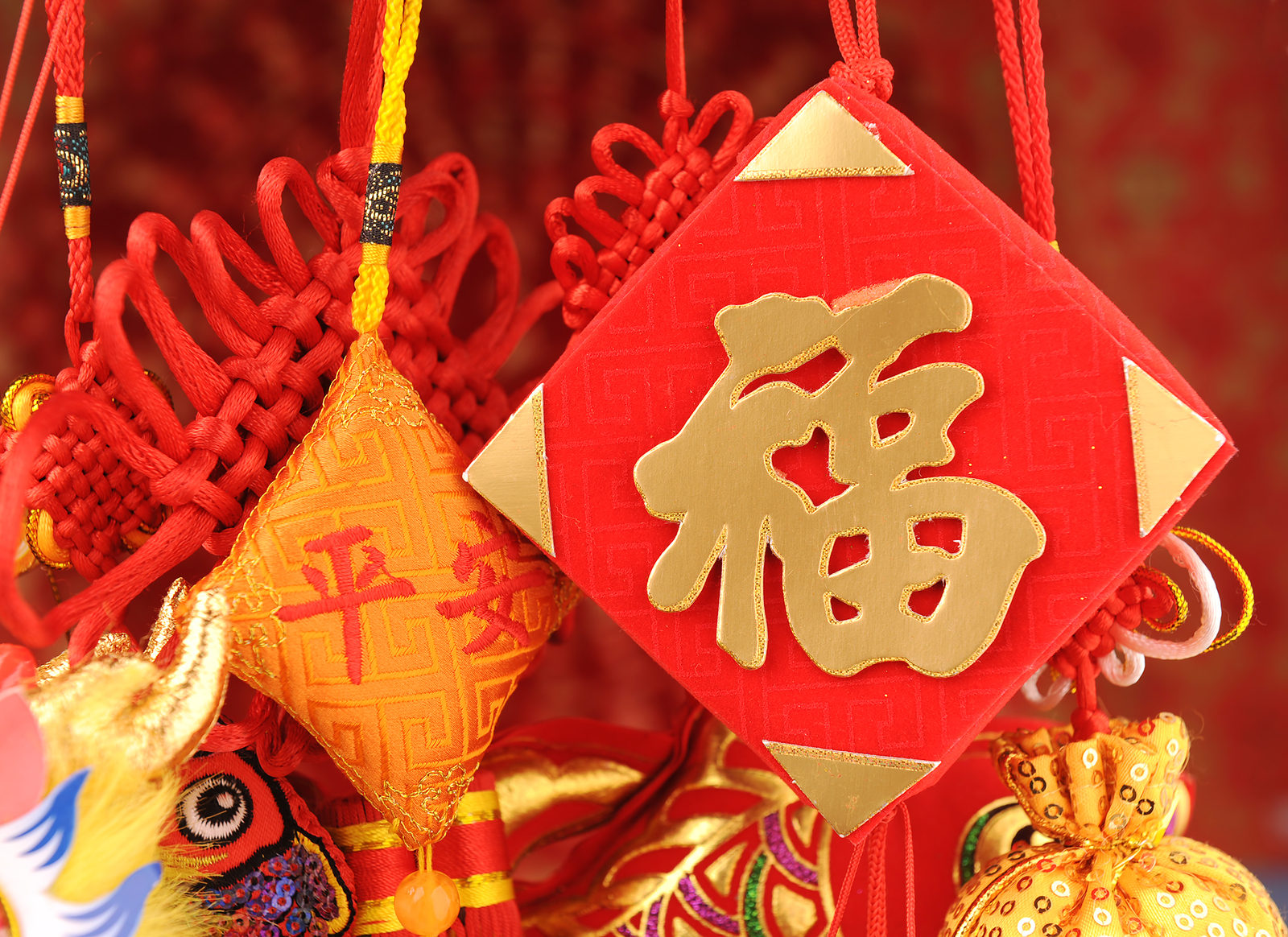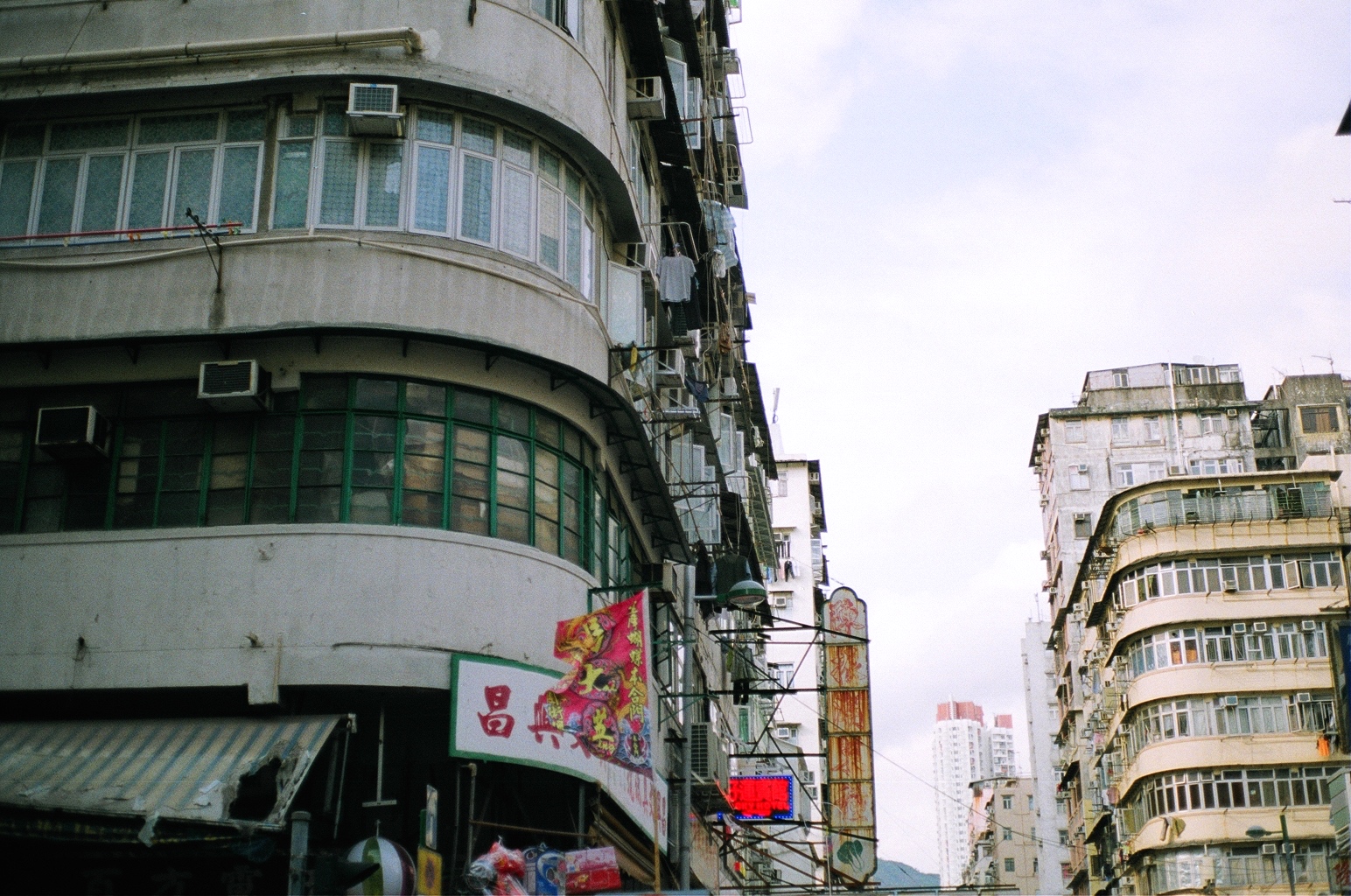
Sham Shui Po is a perfect place for buying electronic parts, cheap products and antiques. In addition to shopping, Sham Shui Po is a place with a high density of old buildings. So, we’ve brought you five valuable historic buildings in Sham Shui Po.
117-125 Nam Cheong Street
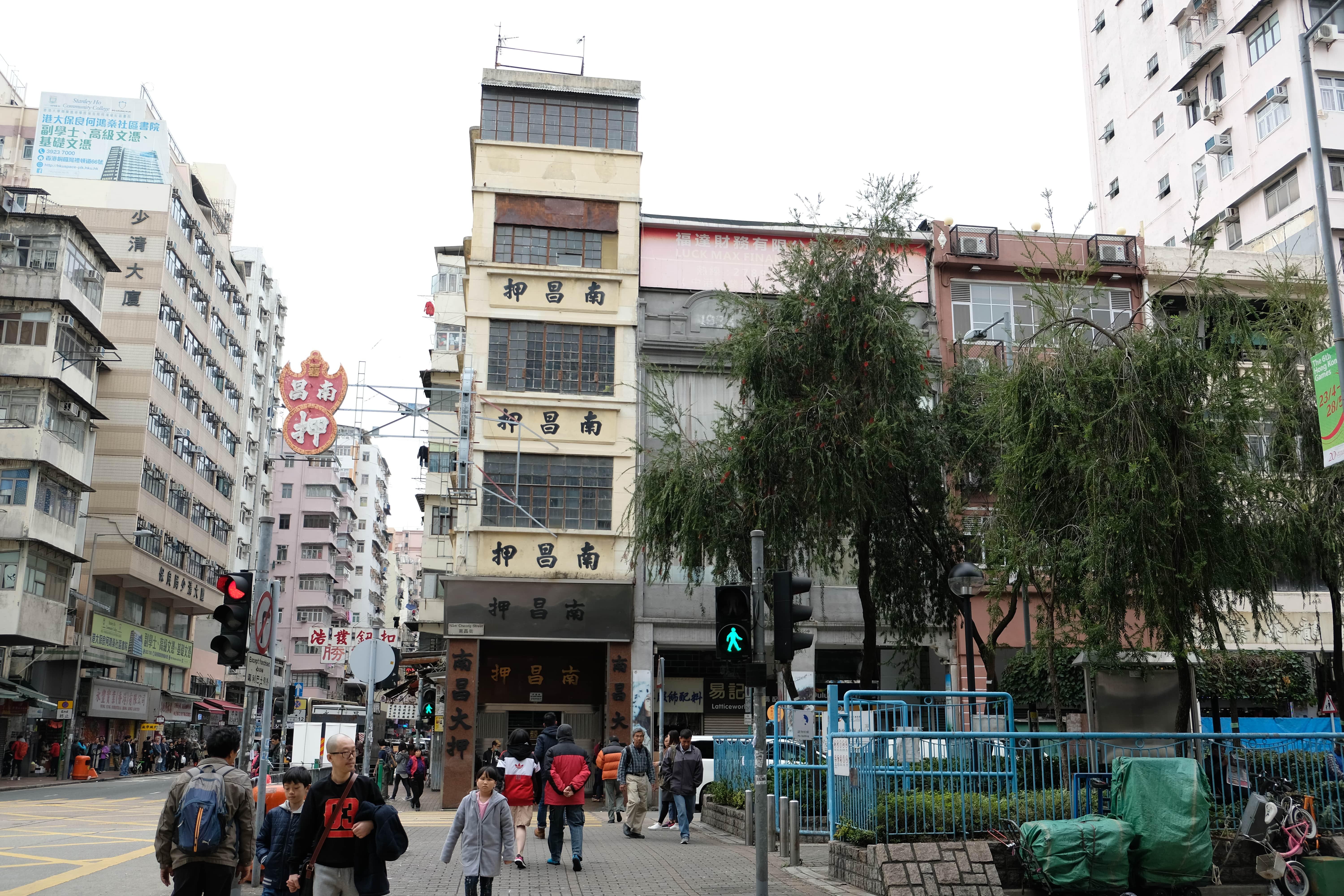
117-125 Nam Cheong Street is the largest group of tenement houses in Sham Shui Po District. They were classified as grade II historic buildings, but the tenement houses except the one at 117 Nam Cheong Street were downgraded to grade III after 11 years in 2010. The tenement house located at 117 Nam Cheong Street was built in the 1920s, which is a five-storeyed building called Nam Cheong Pawnshop.
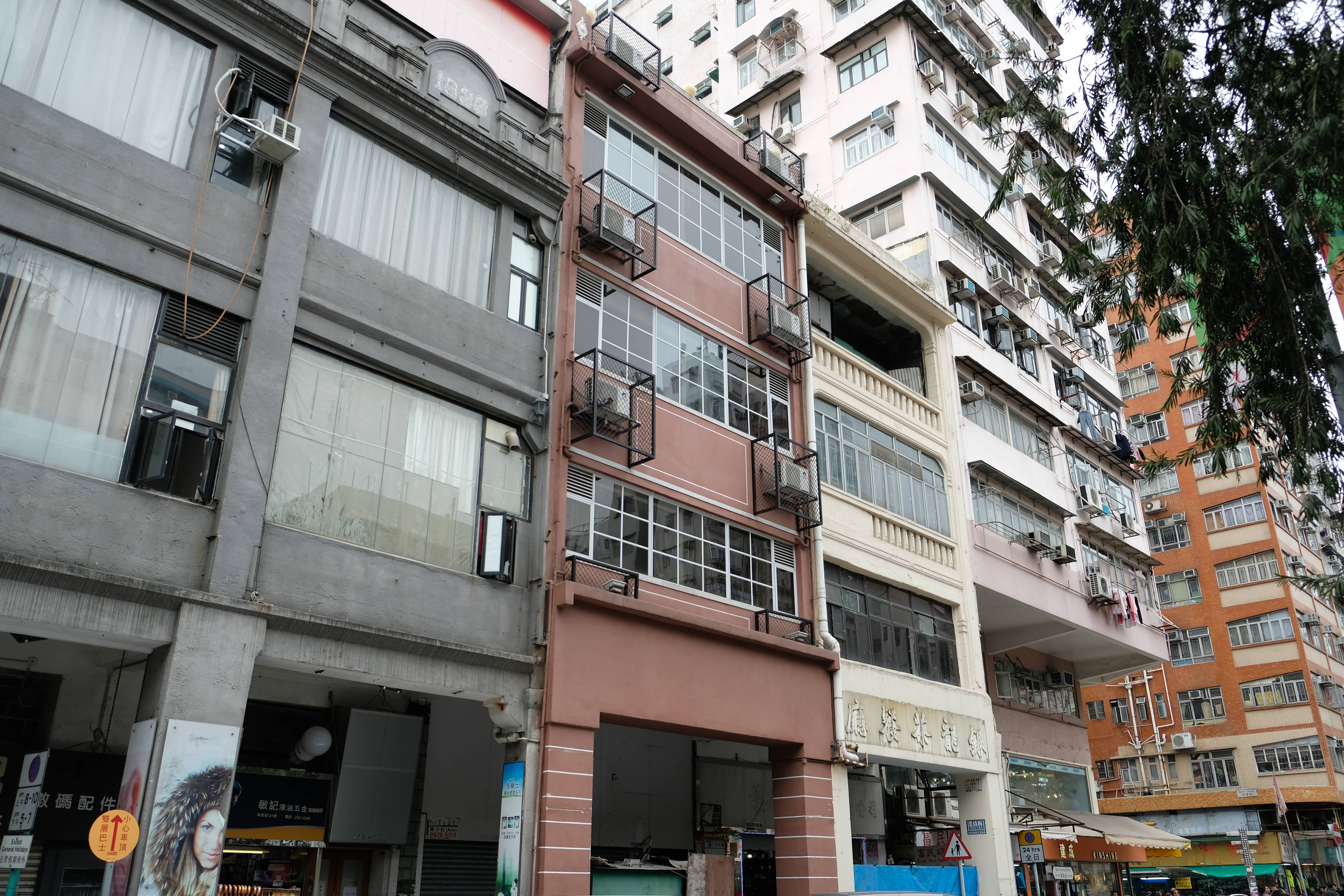
119 and 121 Nam Cheong Street were built in 1933, they are four-storey buildings and they are currently a hotel. Nam Cheong Street 123 and 125 were built in the 1930s and they are four-storeyed houses. One of the shops on the ground floor was a restaurant, and its sign is still kept on the wall even though it has already been closed.
58 Pei Ho Street
Li Bing, is the first developer in Sham Shui Po district who built this building in the 1920s. It was listed as a grade II historic building in 1997. It was formerly a pawnshop and now turns into a shop that sells dried seafood and herbs, which has been opened since 1970s. It is a three-storeyed building and there is an additional terrace on the third floor. The curved balcony on the side and the facade balcony in the front are connected, which is a very special design.
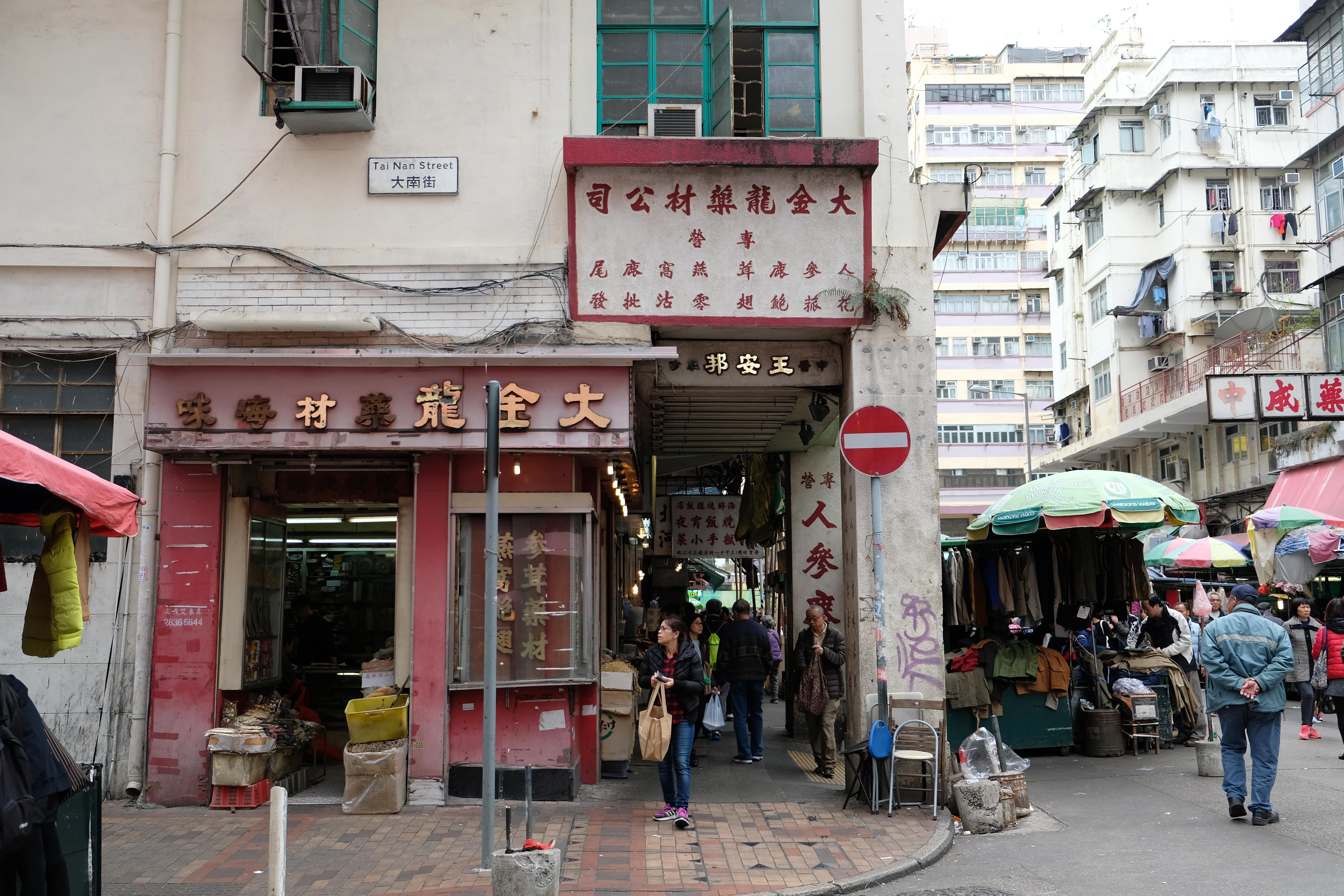
141 Pei Ho Street
The building was built in the 1940s, although the sign of a famous pawnshop—Hang Jing Pawnshop is still kept on the wall, it has already stopped in operation. As the pawnshop has already closed, the space at the entrance is occupied by another shop as part of their workplace.
The design of the shop is symmetrical as you can see from the front. The shop name was carved on the two pillars and painted in bright red with a white background.
170 Yee Kuk Street
The building is listed as a grade II historic building and was built in 1920s. The shop on the ground floor has started its business since 1970s that manufactured and sold frames, but it is now closed down and on lease. We can see the whole wall painted with red words “一平”, which is the name of the frame shop.
96 Apliu Street
The building situated in 96 Apliu Street was built in 1945. It is a company that sells textile. If we take a closer look at its architectural design, the patterns of the pillars on the first floor and the second floor are not the same. Also, there are additional small pillars on the second floor between the windows.
The two pillars on the ground are also painted with shop names in red, which are similar to those pillars of Hang Jing Pawnshop and “一平”. Perhaps having red signs were prevalent in the past for the shops to attract customers?
Shop Sign and Feng Shui
The common red signs may be related to feng shui. The background of a sign represents the customers and the name refers to the company. The color of the sign also differs amongst different industries. Many companies still believe in the effects of sign design on company’s performance, the relationship with the customers and the management of the employees and so on. Therefore, this could be the reason why many shops still keep signs with red words on white background.



